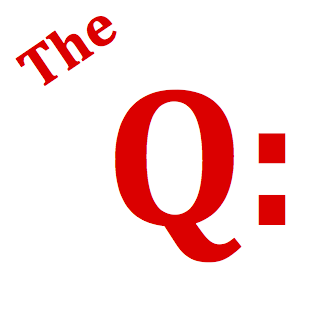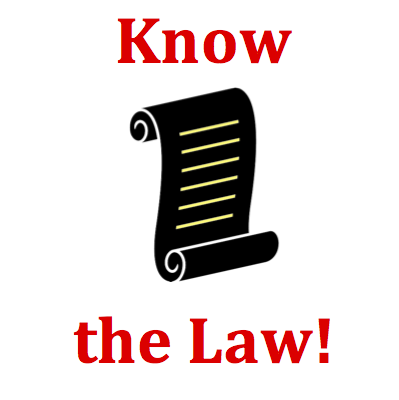Getting your Trinity Audio player ready...
Hold down the T key for 3 seconds to activate the audio accessibility mode, at which point you can click the K key to pause and resume audio. Useful for the Check Your Understanding and See Answers.
Mission VP3 Vector Addition Applications - Question Group 8 Help

Consider the diagram below. Vectors A + D + B + P would be equal to vector ...
(Note: the vectors to be added together are chosen in random order.)

Difficult questions demand an effective game plan (and in this case, a good dose of patience). The most effective strategies on this question are going to involve using a sheet of paper and a writing utensil. Attempting to answer this question without writing anything down is an invitation to disaster. The following strategy is recommended:
- Get out a writing utensil and scratch paper. Get organized.
- Make two columns - one titled horizontal, the other titled vertical.
- Starting with the first vector, use the background grid to determine the amount it stretches horizontally in terms of squares. Enter the number of squares of horizontal stretch in the horizontal column. If the vector stretches left, then enter the number as a negative. Repeat for the amount of vertical stretch and enter the amount in the vertical column. If the vector stretches down, then enter as a negative.
- Repeat for all vectors, being certain to use negative numbers for a stretch to the left or down.
- Add all the numbers in each of the column to determine the overall stretch horizontally and vertically. Then choose the one vector which has this amount of horizontal and vertical stretch. (If you cannot find such a vector, then you can be certain to have made an error and you should recheck your work.)

Vector Addition - Head to Tail Method
The head-to-tail method of vector addition is one of several methods used to determine the resulting sum or two or more vectors. In this method, the first vector is drawn to scale in its indicated direction. The second vector is then drawn starting at the head (arrowhead) of the first vector; the second vector is drawn to scale in its indicated direction. The process is repeated, with each vector starting at the head (arrowhead) of the previous vector, until all vectors have been drawn. The resultant vector is then drawn from the tail of the first vector to the head of the last vector.
The head-to-tail method of vector addition is one of several methods used to determine the resulting sum or two or more vectors. In this method, the first vector is drawn to scale in its indicated direction. The second vector is then drawn starting at the head (arrowhead) of the first vector; the second vector is drawn to scale in its indicated direction. The process is repeated, with each vector starting at the head (arrowhead) of the previous vector, until all vectors have been drawn. The resultant vector is then drawn from the tail of the first vector to the head of the last vector.
